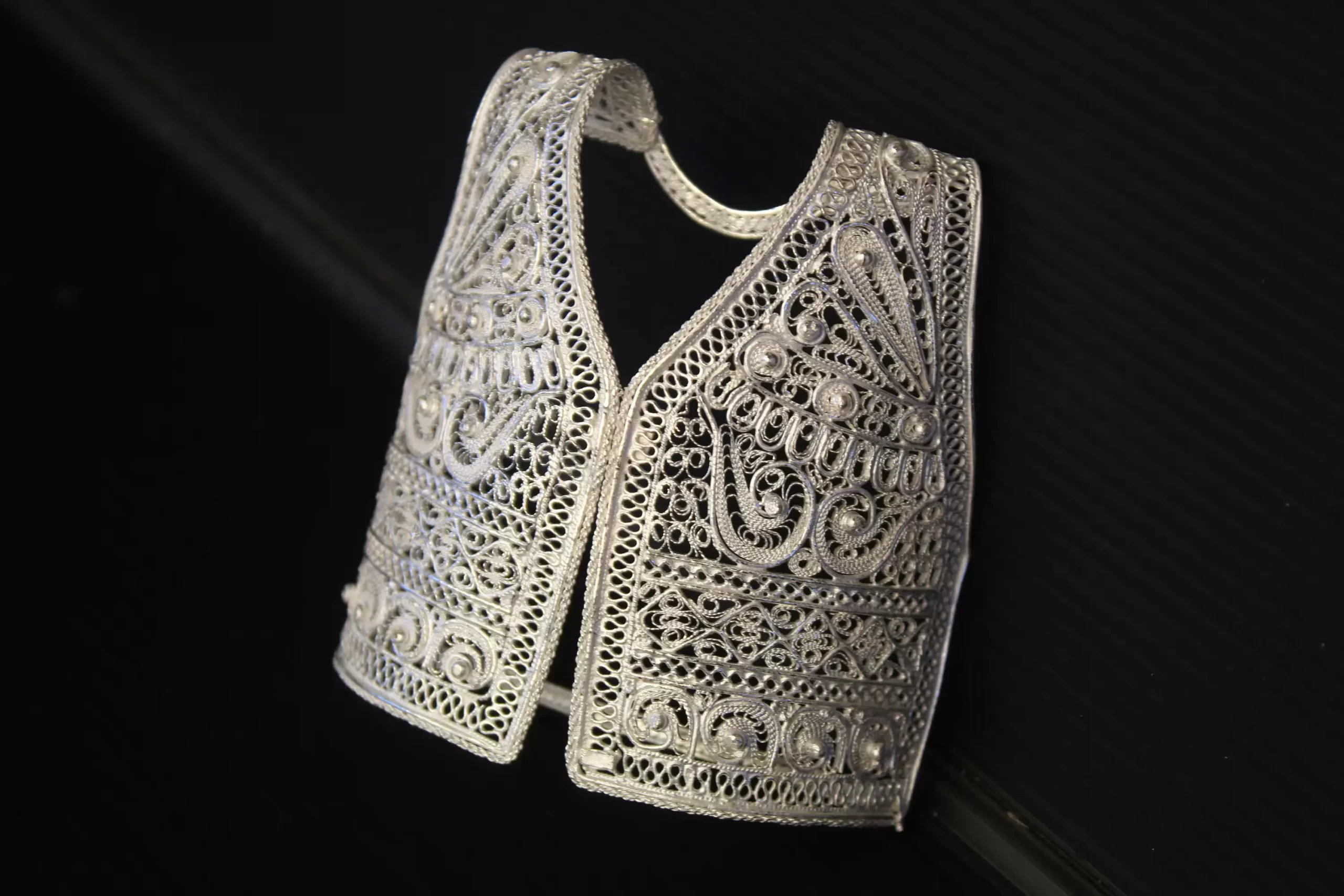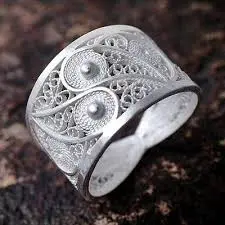Filigree jewelry has long been a trait of skilled craftsman, with complex designs and delicate structures that tell stories of rich cultural heritage. In Albania, this art form is not just a jewelry style, but a significant piece of history, representing the country’s traditions, skills, and artistic spirit. Filigree, which involves the twisting of fine metal wires into elaborate patterns, is still being cherished and perfected by artisans in Albania, continuing to charm those who appreciate fine art.
Filigree jewelry in Albania has deep roots in the country’s history, with its origins dating back to ancient times. This intricate form of metalworking can be traced back to the Illyrian period, well before the country's modern era. Over centuries, the art was passed down from generation to generation, evolving through the influence of Byzantine, Ottoman, and local Albanian cultural elements. The Ottoman Empire, which controlled Albania for several centuries, played a cruciall role in shaping the filigree techniques and designs. During this time, the jewelry became more decorative, with gold and silver wires twisted into fine patterns. These designs often featured floral motifs, geometric shapes, and symbolic representations of strength and beauty, symbolizing the region's artistic and cultural fusion.
Filigree jewelry is a time consuming and careful craft, requiring skilled hands and an understanding of the intricate techniques that have been passed down through generations. Artisans use thin, fine wires of gold or silver, which are twisted, coiled, and soldered together to create delicate patterns. The process is time-consuming and requires exceptional precision to achieve the detailed and refined pieces that are characteristic of filigree jewelry. One of the most famous centers of filigree art in Albania is the town of Shkodra, located in the north of the country. Here, artisan families have been working with filigree for centuries, continuing the traditions passed down by their ancestors. In Shkodra, you can find master jewelers who take pride in creating exquisite filigree earrings, bracelets, necklaces, and rings, each piece a testament to the long-standing legacy of Albanian jewelry making.


Although Albania has evolved greatly over the years, the art of filigree jewelry remains an essential part of the country’s cultural identity. Today, Albanian artisans continue to create jewelry pieces that blend tradition with modern trends, guaranteeing that the ancient craft remains important in the modern world. These beautiful pieces are often sought after by tourists, collectors, and those looking for unique, handmade jewelry.
The popularity of filigree jewelry is growing, with more people becoming aware of the artistry and history behind each piece. Tourists visiting Albania often seek out these handcrafted treasures as souvenirs, not just because of their beauty, but because they carry a piece of Albanian heritage.

